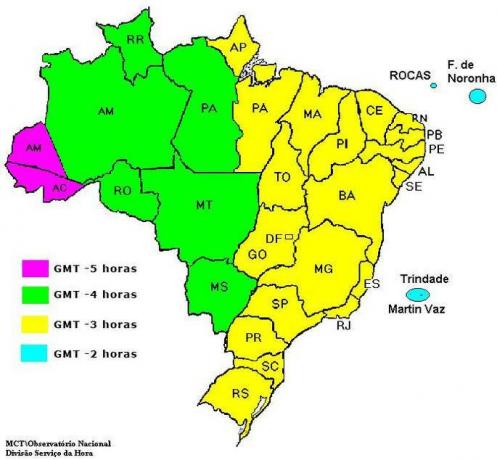Between the three sectors of the economy, what has been growing the most in Brazil since the last decades of the 20th century is the tertiary sector, consisting of the commercial activity and also the provision of services. This is, in fact, a global trend, which occurred to a greater degree in developed countries and which is now also manifesting itself in emerging countries, among which our country is included.
O service sector – as it is also commonly called in the tertiary sector –, it gained greater relevance in the economy of Brazil from the 1970s, when it expanded due to the growth of the country's industrialization. After all, due to the intensification and diffusion of industrial activity, the demand for various services, especially those related to transport and communication, has increased.
In addition to industrialization, another socio-spatial phenomenon that serves as a justification and understanding of the growth of the tertiary sector in Brazil was the urbanization expansion
, which also predominated from the second half of the 20th century. This, in addition to occurring in an accelerated way, was characterized by population concentration in large capitals, marking the formation and expansion of Brazilian metropolises. In these spaces, the demand for services and the practice of commerce commonly present exponential growth rates.In 1950, the service sector in Brazil was responsible for around 26.4% of the workforce employed in the country and for 49.8% of the Gross Domestic Product (GDP). In 1973, these values rose, respectively, to 39.1% and 52.2%, indicating the progressive trend in terms of growth in this economic sector.
Currently, the tertiary sector employs more than 70% of the Brazilian population. Between the causes from this panorama, we can highlight:
a) the process of rural exodus and the proportional decrease in the number of rural jobs;
b) the emergence of the industry's flexible production system, generating fewer jobs in this sector and demanding greater professional qualification from its workers;
Do not stop now... There's more after the advertising ;)
c) the population's consumption growth, which caused the commercial sector to receive more domestic and foreign investments;
d) the intensification of the globalization process in Brazil, which provided the expansion of practices related to the tertiary sector, such as telecommunications, transport and others;
e) the outsourcing process, that is, the assignment of specific services to specialized companies (cleaning, surveillance, deliveries, etc.);
Between the negative aspects of the growth of the tertiary sector in Brazil, the highlights are: the high informality of the enterprises and the reduction of employees' labor and wage rights.
Many of the investments directed to the tertiary sector come from micro and small companies, although the number of international business conglomerates that started to invest in the Brazil. However, a large part of the jobs generated in these smaller companies is not properly formalized, largely due to the high existing bureaucracy, which means that a large amount of taxes is not collected and that there are many workers not registered.
Data from the Ministry of Development, Industry and Foreign Trade indicate that 98% of establishments in the tertiary sector Brazilian companies are micro and small companies, but these employ only 52% of all workers against 48% of medium and big brands. Thus, in addition to irregularity, job posts characterized by precarious working conditions and low pay also grow.
Therefore, the challenge for the Brazilian government is to try to control the growth process of the tertiary sector in terms of job creation in association with the promotion of facilities aimed at the registration of workers informal. This perspective needs to include those who live, in many cases, outside the law, such as street vendors, improvised street vendors and others.
By Me. Rodolfo Alves Pena



